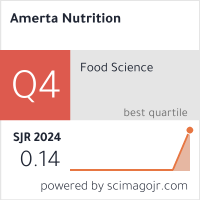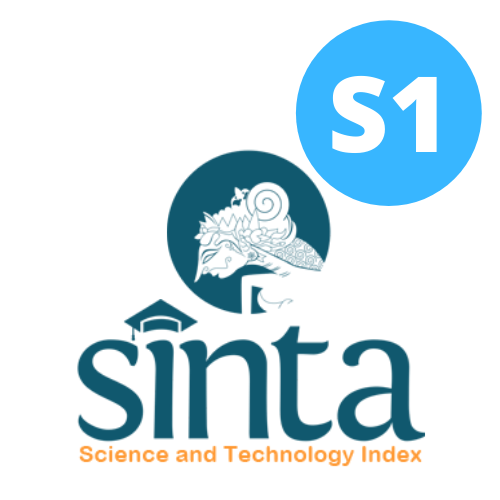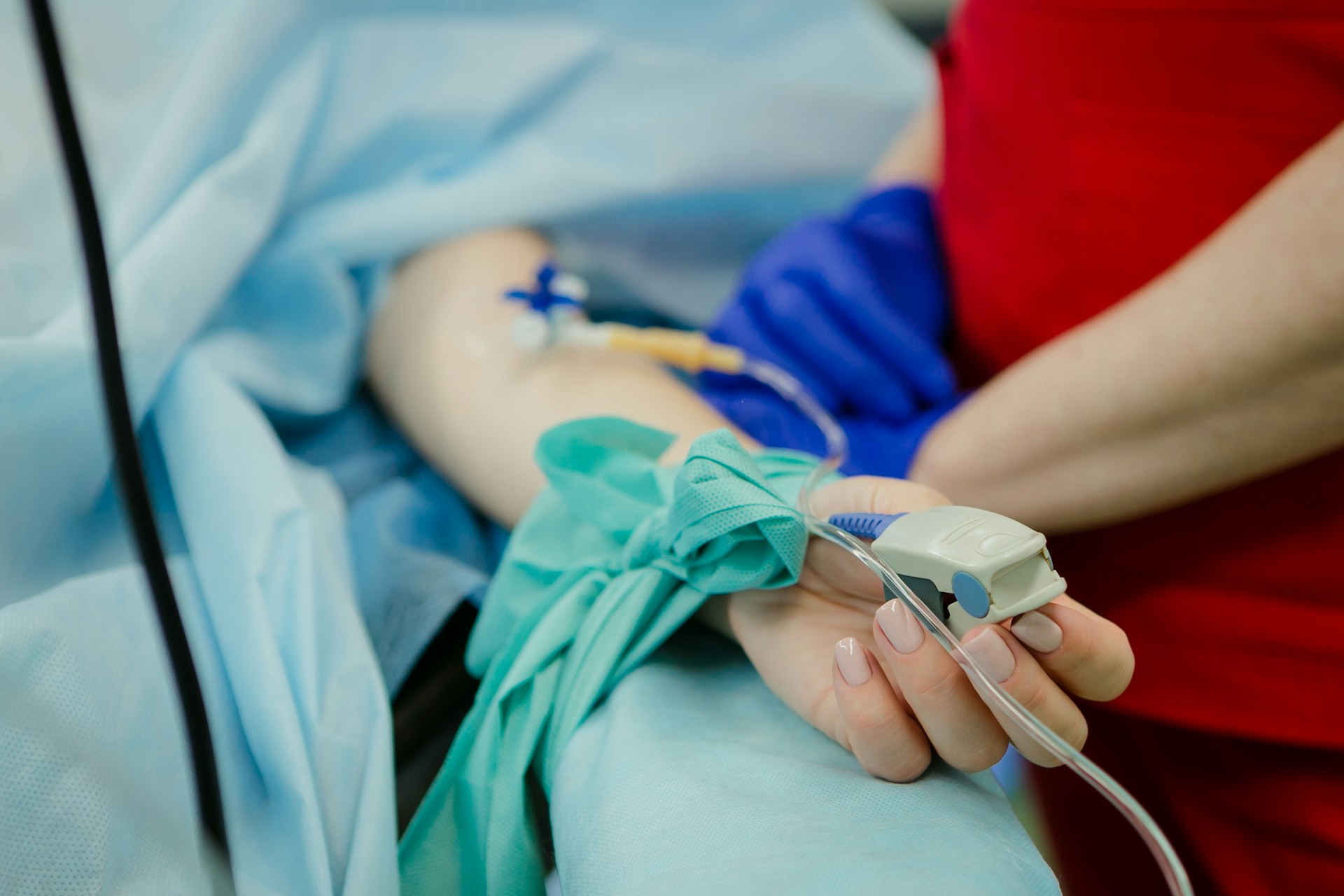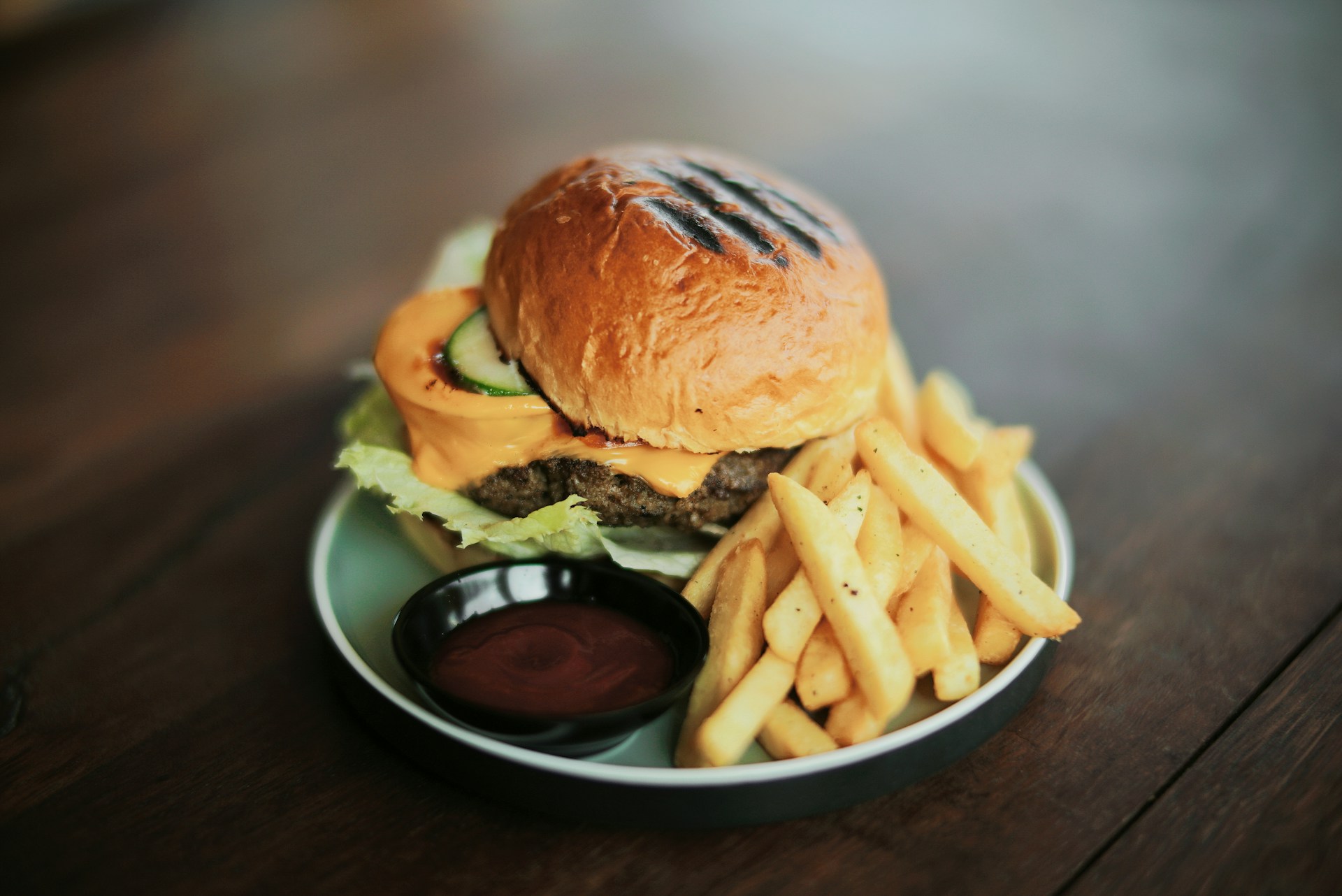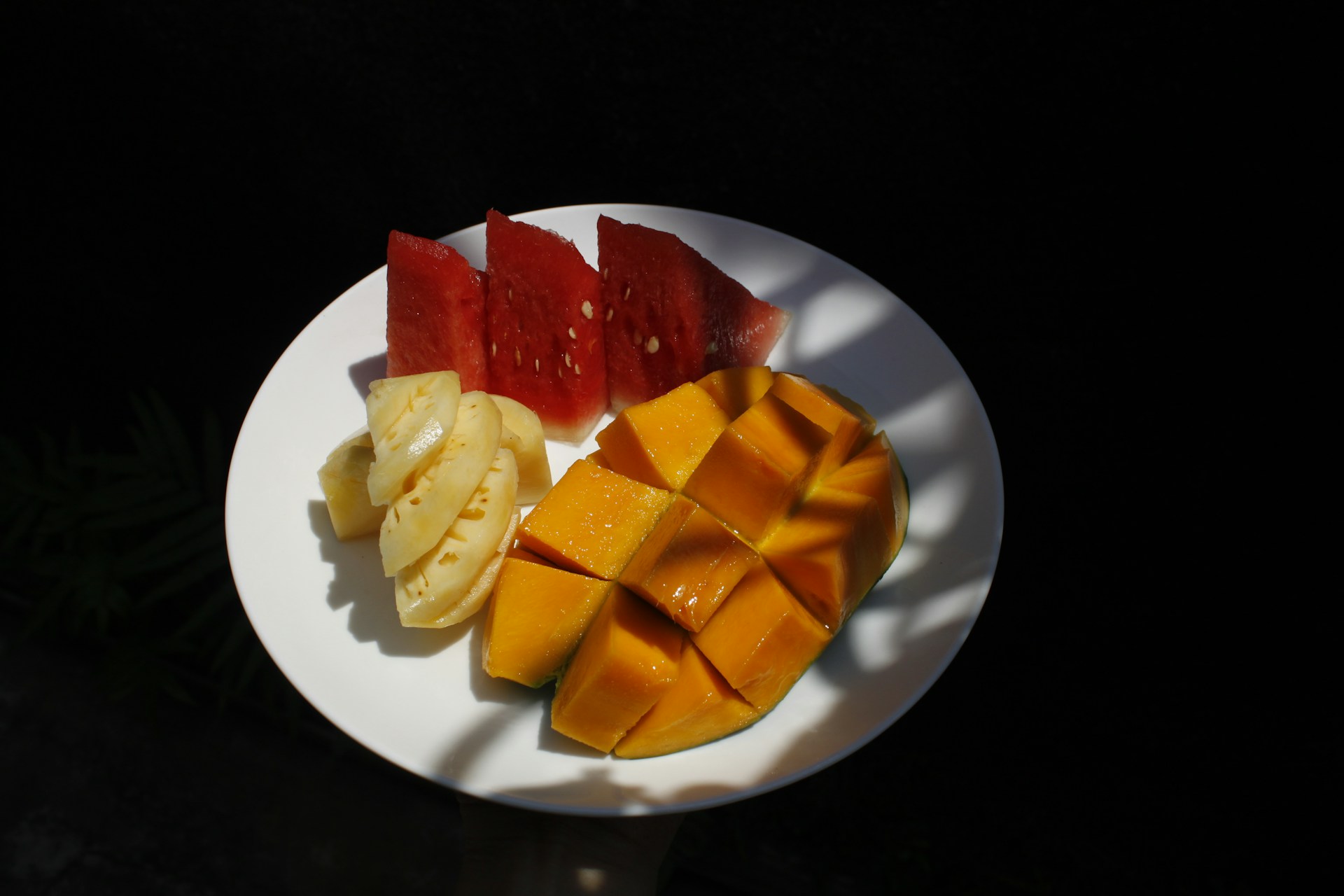A Systematic Review of Digital Applications Accuracy for Calculating and Assessing Nutritional Status of Children Under Five Years
Tinjauan Pustaka Sistematis Analisis Akurasi Aplikasi Digital dalam Perhitungan dan Penilaian Status Gizi Anak di Bawah Lima Tahun
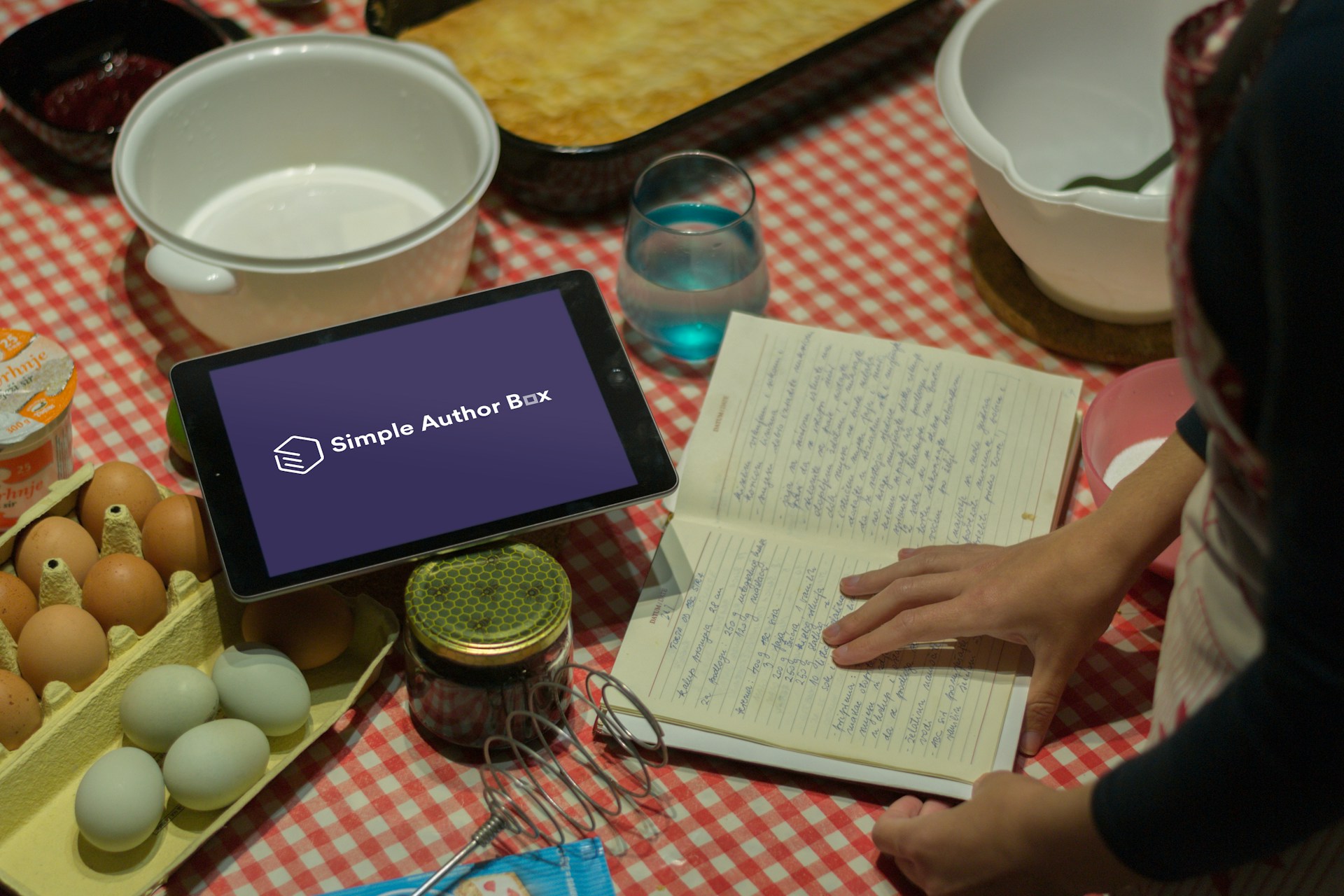
Background: The increasing use of digital applications to analyze nutritional status of children under five years offers significant progress in public health. However, the accuracy and precision of these tools continue to be a concern due to variations in data quality and user proficiency.
Objectives: This study aimed to systematically evaluate the accuracy and precision of digital applications in calculating and assessing nutritional status of children under five years.
Methods: A comprehensive systematic review was conducted by searching PubMed, ScienceDirect, and Google Scholar databases for relevant studies published between 2010 and 2024. The study followed the PRISMA 2020 guidelines for article selection. Risk of bias was assessed using QUADAS-2 for diagnostic studies, then data were analyzed descriptively through a narrative synthesis of results on accuracy, data input methods, and user proficiency.
Discussions: The results showed that out of 925 initially identified articles, 13 met the inclusion criteria and were further analyzed. Advanced algorithms, particularly K-Nearest Neighbor (K-NN) and other machine learning models had high accuracy when supported by quality data and adequate user training. Moreover, real-time IoT-based tools showed high precision in nutritional assessments. Challenges remain in ensuring accurate data entry and algorithm updates to meet the needs of diverse populations.
Conclusions: Digital applications present promising accuracy and precision in evaluating nutritional status of children under five. However, continuous improvement in data quality and user training is essential for the optimal implementation in public health interventions.
De Oliveira, M. H., Gottsfritz, I. B., Lopes, L., Conde, W. L. & Joao, L. S. NUTRICARE Application to Access Nutritional Status on Adults and Older People Combining Four Indicators (P16-052-19). Current Developments in Nutrition 3, nzz050.P16-052-19 (2019).
Rahmad, A. H. A. et al. Effectiveness of Using Android-Based Applications for Nutrition Monitoring of Children in Banda Aceh. Open Access Macedonian Journal of Medical Sciences 10, 444–451 (2022).
Rinawan, F. R. et al. Understanding mobile application development and implementation for monitoring Posyandu data in Indonesia: a 3-year hybrid action study to build “a bridge” from the community to the national scale. BMC Public Health 21, 1024 (2021).
Hairani, H., Nurhayati, L. & Innuddin, M. Web-Based Application for Toddler Nutrition Classification Using C4.5 Algorithm. IJECSA 1, 77–82 (2022).
Sendari, S., Widyaningtyas, T. & Maulidia, N. A. Classification of Toddler Nutrition Status with Anthropometry using the K-Nearest Neighbor Method. in 2019 International Conference on Electrical, Electronics and Information Engineering (ICEEIE) vol. 6 1–5 (2019).
Faza, A. et al. Posyandu Application in Indonesia: From Health Informatics Data Quality Bridging Bottom-Up and Top-Down Policy Implementation. Informatics 9, 74 (2022).
Fernandes, T. Malnutrition and school feeding programmes. JNHFE 8, (2018).
Romero-Tapiador, S. et al. AI4Food-NutritionFW: A Novel Framework for the Automatic Synthesis and Analysis of Eating Behaviours. Preprint at https://doi.org/10.48550/ARXIV.2309.06308 (2023).
Markus, P. Beta version of Child Growth Monitor released asap due to Covid-19. Welthungerhilfe.de - Für eine Welt ohne Hunger und Armut https://www.welthungerhilfe.org/news/latest-articles/2020/early-release-of-child-growth-monitor.
Stutz, T., Dinic, R., Domhardt, M. & Ginzinger, S. Can mobile augmented reality systems assist in portion estimation? A user study. in 2014 IEEE International Symposium on Mixed and Augmented Reality - Media, Art, Social Science, Humanities and Design (IMSAR-MASH’D) 51–57 (IEEE, Germany, 2014). doi:Preprint at https://doi.org/10.1109/ISMAR-AMH.2014.6935438.
Haddaway, N. R., Page, M. J., Pritchard, C. C. & McGuinness, L. A. PRISMA2020: An R package and Shiny app for producing PRISMA 2020-compliant flow diagrams, with interactivity for optimised digital transparency and Open Synthesis. Campbell Systematic Reviews 18, e1230 (2022).
Teshome, E. M., Kiprotich, P. & Andango, P. E. Paradigm shift: efficient and cost effective real-time nutritional assessment technique. African Journal of Food, Agriculture, Nutrition and Development 17, 12807–12816 (2017).
Rosari, A. et al. Developing a Nutritional Assessment Tool for Children Using Anthropometry and IoT Technology. International Journal of Advanced Health Science and Technology 4, 67–71 (2024).
Damar, D. P. M., Sa’adah, S. & Wulandari, G. S. Classification of Toddler Nutritional Status Using Radial Basis Function Neural Network. in 2022 6th International Conference on Information Technology, Information Systems and Electrical Engineering (ICITISEE) 314–319 (IEEE, Yogyakarta, Indonesia, 2022). doi:Preprint at https://doi.org/10.1109/ICITISEE57756.2022.10057785.
Ridwan, A. & Sari, T. N. The comparison of accuracy between naïve bayes clasifier and c4.5 algorithm in classifying toddler nutrition status based on anthropometry index. J. Phys.: Conf. Ser. 1764, 012047 (2021).
Aziz, M. Aplikasi penentu status dan asupan gizi pada balita menggunakan metode fuzzy dan topsis berbasis android. (University of Technology Yogyakarta, 2019).
Romero, M. L. & Suyama, R. Data Quality in IoT Applications: A Scoping Review. in 2023 15th IEEE International Conference on Industry Applications (INDUSCON) 1368–1373 (2023). doi:Preprint at https://doi.org/10.1109/INDUSCON58041.2023.10374893.
Rath, C. K., Mandal, A. K. & Sarkar, A. Data Quality Driven Design Patterns for Internet of Things. in Applied Computing for Software and Smart Systems (eds. Chaki, R., Cortesi, A., Saeed, K. & Chaki, N.) 285–303 (Springer Nature, Singapore, 2023). doi:Preprint at https://doi.org/10.1007/978-981-19-6791-7_18.
Al Rahmad, A. H., Ichsan, I. & Wilis, R. Implementation of Android Platform Application ‘PSG Balita’ ISO/IEC 25010 Standardized to Improve Nutritional Status Data for Toddler. JIK 17, 14–21 (2023).
Whiting, P. F. et al. QUADAS-2: A Revised Tool for the Quality Assessment of Diagnostic Accuracy Studies. Ann Intern Med 155, 529–536 (2011).
Ferliandini, D. A. & Risnanto, S. Aplikasi prediksi status gizi balita berbasis web menggunakan metode k-nearest neighbor. Prosiding Seminar Sosial Politik, Bisnis, Akuntansi dan Teknik 5, 622–631 (2023).
Kurniastuti, I. Application of baby’s nutrition status using Macromedia Flash. in 2017 4th International Conference on Computer Applications and Information Processing Technology (CAIPT) 1–6 (2017). doi:Preprint at https://doi.org/10.1109/CAIPT.2017.8320699.
Heymsfield, S. B. et al. Digital Anthropometry: A Critical Review. Eur J Clin Nutr 72, 680–687 (2018).
Bhattacharya, A., Pal, B., Mukherjee, S. & Roy, S. K. Assessment of nutritional status using anthropometric variables by multivariate analysis. BMC Public Health 19, 1045 (2019).
Suharjito, S., Jimmy, J. & Girsang, A. S. Mobile Decision Support System to Determine Children Nutrition Using Fuzzy Sugeno. IJECE 7, 3683 (2017).
Permatasari, D., Azizah, I. N., Hadiat, H. L. & Abadi, A. M. Classification of toddler nutritional status using fuzzy inference system (FIS). in 040007 (Yogyakarta, Indonesia, 2017). doi:Preprint at https://doi.org/10.1063/1.4995122.
Conkle, J. et al. Accuracy and reliability of a low-cost, handheld 3D imaging system for child anthropometry. PLoS ONE 13, e0205320 (2018).
Putri, I. P., Terttiaavini, T. & Arminarahmah, N. Analisis Perbandingan Algoritma Machine Learning untuk Prediksi Stunting pada Anak: Comparative Analysis of Machine Learning Algorithms for Predicting Child Stunting. MALCOM: Indonesian Journal of Machine Learning and Computer Science 4, 257–265 (2024).
Ferliandini, D. A. & Risnanto, S. Aplikasi Prediksi Status Gizi Balita Berbasis Web Menggunakan Metode K-Nearest Neighbor. sobat 5, 622 (2023).
Molina, J. I. & Malese, L. P. Sistem pendukung keputusan penentuan status gizi balita pada dinas kesehatan kabupaten alor menggunakan algoritma c4.5. JTIK 17, 1–13 (2024).
Nutrients | Free Full-Text | Evaluation of an Application for Mobile Telephones (e-12HR) to Increase Adherence to the Mediterranean Diet in University Students: A Controlled, Randomized and Multicentric Study. https://www.mdpi.com/2072-6643/14/19/4196.
Janssen, S. M., Bouzembrak, Y. & Tekinerdogan, B. Artificial Intelligence in Malnutrition: A Systematic Literature Review. Advances in Nutrition 15, 100264 (2024).
Kishore, K. K., Suman, J. V., Mnikyamba, I. L., Polamuri, S. R. & Venkatesh, B. Prediction of malnutrition in newbornInfants using machine learning techniques. Preprint at https://doi.org/10.21203/rs.3.rs-2958834/v1 (2023).
Widodo, A. P., Adi, K., Nugraheni, S. A. & Indri, W. Measurement of information quality on mozita application uses the weighted average model. J. Phys.: Conf. Ser. 1524, 012009 (2020).
Vasiloglou, M. F. et al. The Human Factor in Automated Image-Based Nutrition Apps: Analysis of Common Mistakes Using the goFOOD Lite App. JMIR Mhealth Uhealth 9, e24467 (2021).
Lemma, S., Janson, A., Persson, L.-Å., Wickremasinghe, D. & Källestål, C. Improving quality and use of routine health information system data in low- and middle-income countries: A scoping review. PLOS ONE 15, e0239683 (2020).
Yang, Y.-L., Yang, H.-L., Kusuma, J. D. & Shiao, S.-Y. P. K. Validating Accuracy of an Internet-Based Application against USDA Computerized Nutrition Data System for Research on Essential Nutrients among Social-Ethnic Diets for the E-Health Era. Nutrients 14, 3168 (2022).
Kusuma, J. D., Yang, H.-L., Yang, Y.-L., Chen, Z.-F. & Shiao, S.-Y. P. K. Validating Accuracy of a Mobile Application against Food Frequency Questionnaire on Key Nutrients with Modern Diets for mHealth Era. Nutrients 14, 537 (2022).
Green Corkins, K. & Teague, E. E. Pediatric Nutrition Assessment: Anthropometrics to Zinc. Nut in Clin Prac 32, 40–51 (2017).
Copyright (c) 2025 Amerta Nutrition

This work is licensed under a Creative Commons Attribution-ShareAlike 4.0 International License.
AMERTA NUTR by Unair is licensed under a Creative Commons Attribution-ShareAlike 4.0 International License.
1. The journal allows the author to hold the copyright of the article without restrictions.
2. The journal allows the author(s) to retain publishing rights without restrictions
3. The legal formal aspect of journal publication accessibility refers to Creative Commons Attribution Share-Alike (CC BY-SA).
4. The Creative Commons Attribution Share-Alike (CC BY-SA) license allows re-distribution and re-use of a licensed work on the conditions that the creator is appropriately credited and that any derivative work is made available under "the same, similar or a compatible license”. Other than the conditions mentioned above, the editorial board is not responsible for copyright violation.






